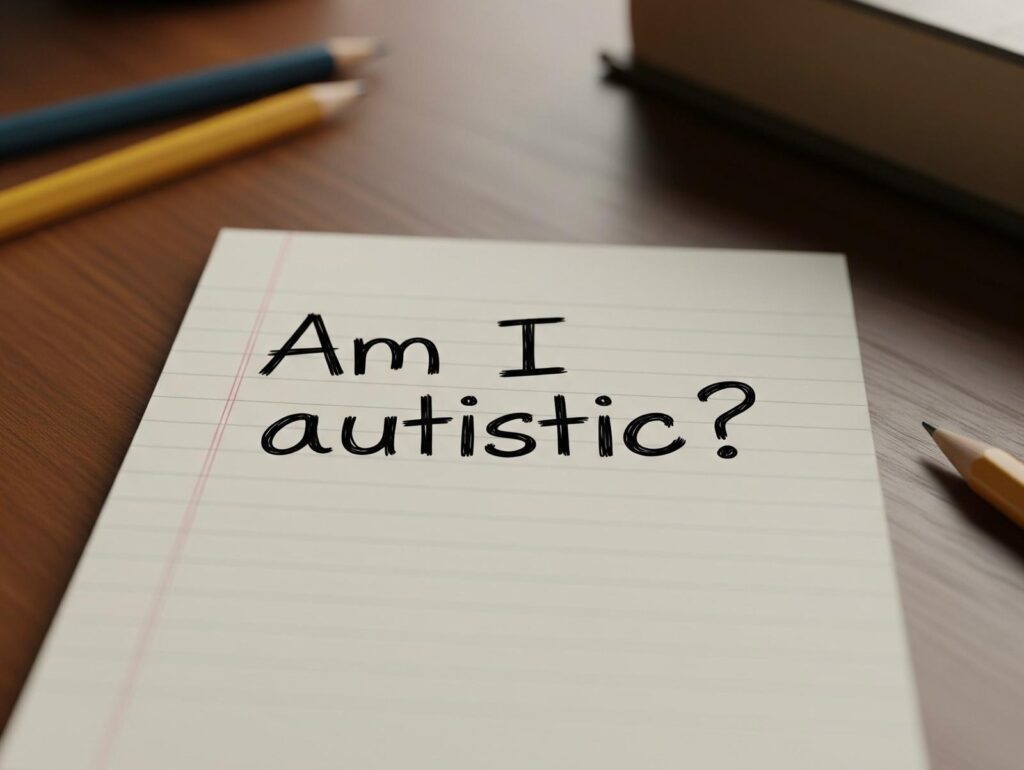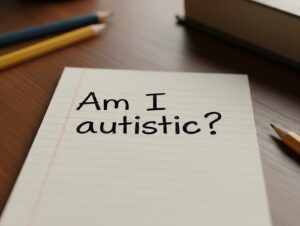Misrepresentation and Mental Health Stigma in Contemporary Cinema
As global awareness of mental health continues to grow in 2025, the responsibility of filmmakers to portray psychological conditions accurately has become more important than ever. Despite this progress, several major motion pictures released in 2025 have drawn criticism from mental health professionals, researchers, and advocates for their misleading, damaging, or sensationalised depictions of mental illness.
This article identifies prominent films from 2025 that have raised mental health concerns, explains the psychological implications of inaccurate portrayals, and provides guidance on how the film industry can move toward responsible representation. This analysis is grounded in contemporary research and is intended to inform public discussion, promote media literacy, and support mental health advocacy.
Keywords: harmful movies mental health 2025, inaccurate mental illness portrayal 2025, mental health stigma in film, Magazine Dreams mental health, Marvel Thunderbolts depression, mental illness and violence in movies, psychosis stereotypes, stigma in cinema, media mental health responsibility, ethical mental health representation
The Psychological Consequences of Inaccurate Portrayals
Media, particularly film, has long been one of the most influential sources of public information about mental health (Pirkis et al., 2006). When filmmakers depict mental illness irresponsibly—especially in ways that conflate psychiatric conditions with violence, instability, or supernatural phenomena—it can perpetuate stigma, discourage help-seeking behaviour, and create public fear of those living with psychological disorders (Stout et al., 2004; Corrigan & Watson, 2002).
In 2025, despite increasing collaboration between mental health organisations and entertainment producers, some films still fall short in promoting empathy and understanding. Instead, they reinforce damaging myths that can undermine years of progress in destigmatising mental health conditions.
Notable Harmful Films from 2025
1. Magazine Dreams (2025)
Starring: Jonathan Majors
Directed by: Elijah Bynum
Premiering at Sundance and released to wide audiences in 2025, Magazine Dreams explores the life of an aspiring bodybuilder struggling with isolation, anger, and untreated mental illness. While it offers a compelling performance from its lead actor, mental health professionals have criticised the film for linking violent behaviour with mental health issues in a way that risks reinforcing long-standing stereotypes (Gajanan, 2025).
The character’s decline is portrayed without adequate therapeutic context or recovery narrative, presenting a bleak and deterministic view of mental illness. This could mislead audiences to believe that individuals with mental health conditions are inherently unstable or dangerous—both of which are inaccurate and stigmatising (Corrigan et al., 2005).
2. Thunderbolts (2025)
Produced by: Marvel Studios
Genre: Superhero, Action
While Marvel has made efforts in recent years to integrate psychological depth into its characters, Thunderbolts (2025) drew mixed reviews for its handling of trauma and depression. The film features anti-heroes with troubled pasts, yet their mental health challenges are depicted inconsistently—sometimes played for comedy or exaggerated for dramatic effect.
Critics noted that the lack of nuance in the emotional arcs of characters such as Yelena Belova and Bucky Barnes diluted the seriousness of psychological trauma. Instead of fostering a productive conversation about post-traumatic stress or moral injury, the film reverts to action tropes, leaving mental health narratives underdeveloped (Fleming, 2025).
3. The Pale Blue Eye 2 (2025)
Genre: Gothic Crime Thriller
A sequel to the atmospheric mystery The Pale Blue Eye, this 2025 instalment continues the dark, brooding exploration of madness and guilt. However, mental illness is again used more as a thematic device than a subject of meaningful exploration. Characters suffering from delusions or trauma are depicted as unstable and threatening, reinforcing outdated associations between psychosis and criminality.
This approach may inadvertently validate public fears about individuals experiencing psychosis or hallucinations, despite evidence showing that people with schizophrenia or related disorders are more likely to be victims of violence than perpetrators (Fazel et al., 2009).
Why These Depictions Matter
Stigma and Social Exclusion
Portrayals that link mental illness with violence, unpredictability, or weakness can significantly increase public stigma. Studies show that such media representations are directly correlated with public fear, greater social distancing, and reduced willingness to interact with people experiencing mental illness (Angermeyer & Dietrich, 2006).
Reduced Help-Seeking
When mental illness is depicted as untreatable or shameful, individuals may be discouraged from seeking help. A 2023 survey by Beyond Blue found that 44% of Australians aged 18–35 reported being afraid of how others would judge them if they admitted to having a mental health condition—up 7% from 2020, partially attributed to misinformation in media (Beyond Blue, 2023).
Self-Stigma
People living with mental illness may internalise negative portrayals, leading to diminished self-worth, isolation, and reluctance to engage in therapy. This is especially concerning for adolescents and young adults, who form their identities through social media and popular entertainment (Livingston & Boyd, 2010).
How Filmmakers Can Do Better
- Consult Mental Health Experts: Scriptwriters and directors should work with clinical psychologists or psychiatrists during pre-production to ensure characters are written with psychological realism.
- Avoid Shock Tropes: Mental illness should not be used as a twist or villain origin. Doing so undermines the reality of mental health and encourages fear-based narratives.
- Include Recovery and Hope: Showcasing the process of recovery—therapy, support networks, medication management—helps normalise treatment and inspires audiences.
- Use Trigger Warnings: When content contains intense portrayals of suicide, self-harm, or psychosis, clear content warnings allow vulnerable viewers to make informed decisions.
Conclusion
Films released in 2025 such as Magazine Dreams, Thunderbolts, and The Pale Blue Eye 2 reflect the ongoing tension between dramatic storytelling and ethical responsibility. While mental health themes are more visible in mainstream media than ever before, visibility alone is not enough—representation must be informed, responsible, and empathetic.
Mental health literacy is a public health issue, and cinema can either support or sabotage it. As audiences, clinicians, and creators reflect on this year in film, one truth is clear: the way mental illness is portrayed on screen can either save lives—or endanger them.
References
Angermeyer, M.C. and Dietrich, S., 2006. Public beliefs about and attitudes towards people with mental illness: a review of population studies. Acta Psychiatrica Scandinavica, 113(3), pp.163–179.
Beyond Blue, 2023. National Mental Health Survey 2023: Perceptions of Stigma. [online] Available at: https://www.beyondblue.org.au [Accessed 8 Jul. 2025].
Corrigan, P.W. and Watson, A.C., 2002. Understanding the impact of stigma on people with mental illness. World Psychiatry, 1(1), pp.16–20.
Corrigan, P.W., Druss, B.G. and Perlick, D.A., 2005. The impact of mental illness stigma on seeking and participating in mental health care. Psychological Science in the Public Interest, 15(2), pp.37–70.
Fazel, S., Gulati, G., Linsell, L., Geddes, J.R. and Grann, M., 2009. Schizophrenia and violence: systematic review and meta-analysis. PLoS Med, 6(8), p.e1000120.
Fleming, M., 2025. Marvel’s Thunderbolts tackles trauma—but falls short. The Guardian. [online] Available at: https://www.theguardian.com/film/2025/jun/07/marvel-thunderbolts-mental-health [Accessed 8 Jul. 2025].
Gajanan, M., 2025. Magazine Dreams review: a disturbing dive into isolation. TIME Magazine. [online] Available at: https://time.com/2025/magazine-dreams-review [Accessed 8 Jul. 2025].
Livingston, J.D. and Boyd, J.E., 2010. Correlates and consequences of internalized stigma for people living with mental illness: a systematic review and meta-analysis. Social Science & Medicine, 71(12), pp.2150–2161.
Pirkis, J., Blood, R.W., Francis, C. and McCallum, K., 2006. On-screen portrayals of mental illness: extent, nature and impacts. Journal of Health Communication, 11(5), pp.523–541.
Stout, P.A., Villegas, J. and Jennings, N.A., 2004. Images of mental illness in the media: identifying gaps in the research. Schizophrenia Bulletin, 30(3), pp.543–561.
Discover more from Therapy Near Me
Subscribe to get the latest posts sent to your email.







